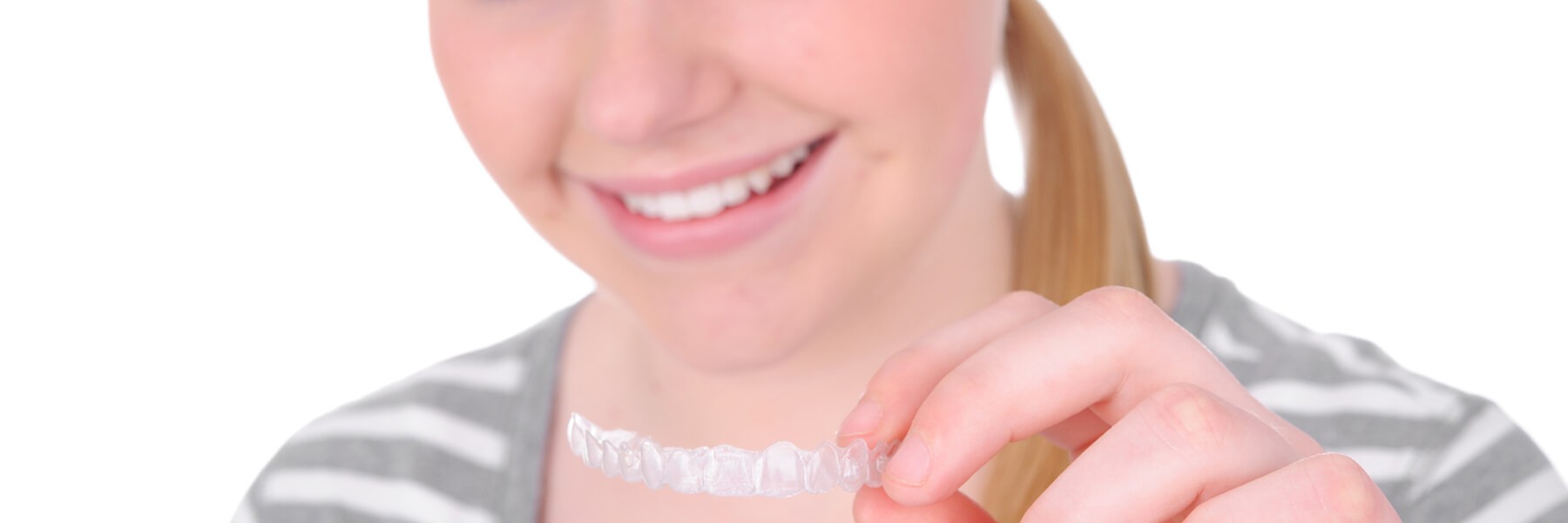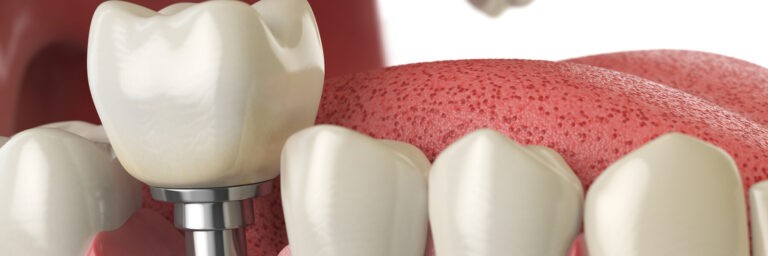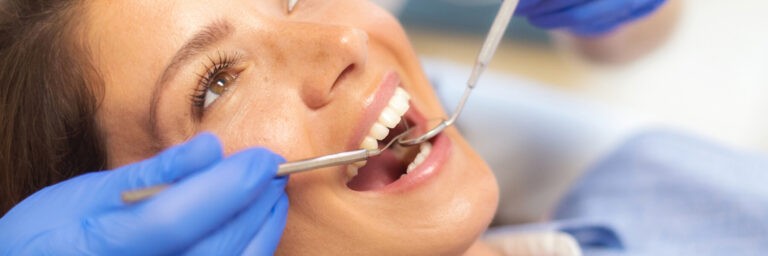Retainers

Orthodontic retainers are custom-made devices, made usually of wires connected to an acrylic base or clear plastic, that hold teeth in position after surgery or any method of realigning teeth.
They are most often used before or after dental braces to hold teeth in position while assisting the adjustment of the surrounding gums to changes in the bone. Most patients are required to wear their retainer(s) every night with many also being directed to wear them during the day – at least initially following orthodontic treatment.
There are three types of retainers typically prescribed by orthodontists and dentists: Hawley, Essix, and Bonded (Fixed) retainers.
The best-known type is the Hawley retainer, which includes a metal wire that surrounds the teeth and keeps them in place. Named for its inventor, Dr. Charles Hawley, the labial wire, or Hawley bow, incorporates 2 omega loops for adjustment. It is anchored in an acrylic arch that sits in the palate (roof of the mouth). The advantage of this type of retainer is that the metal wires can be adjusted to finish treatment and continue moving teeth as needed.
An Essix appliance is a form fitted, clear retainer as pictured in the photo above. It is generally made by a vacuum-formed machine and is fabricated right in our office. This appliance may also be used as a temporary tooth replacement following removal of a tooth in the esthetic zone.
An entirely different category of orthodontic retainers are fixed retainers. A fixed retainer typically consists of a passive wire bonded to the tongue-side of the (usually, depending on the patient’s bite, only lower) incisors. Unlike the previously-mentioned retainer types, fixed retainers cannot be removed by the patient.
Some doctors prescribe fixed retainers regularly, especially where active orthodontic treatments have effected great changes in the bite and there is a high risk for reversal of these changes. While the device is usually required until a year after wisdom teeth have been extracted it is often kept in place for life.
Fixed retainers may lead to tartar build-up or gingivitis due to the difficulty of flossing while wearing these retainers. As with dental braces, patients often must use floss threaders to pass dental floss through the small space between the retainer and the teeth.







